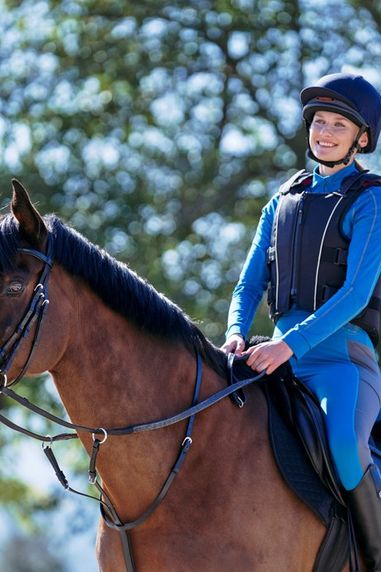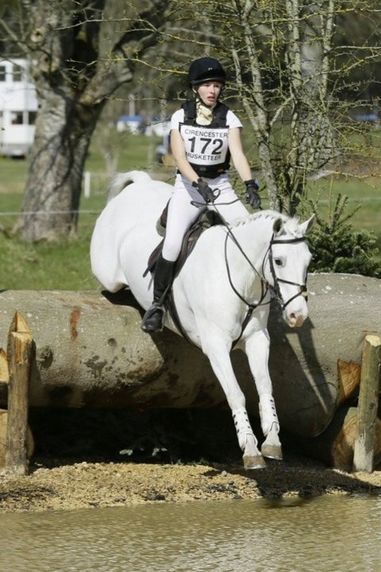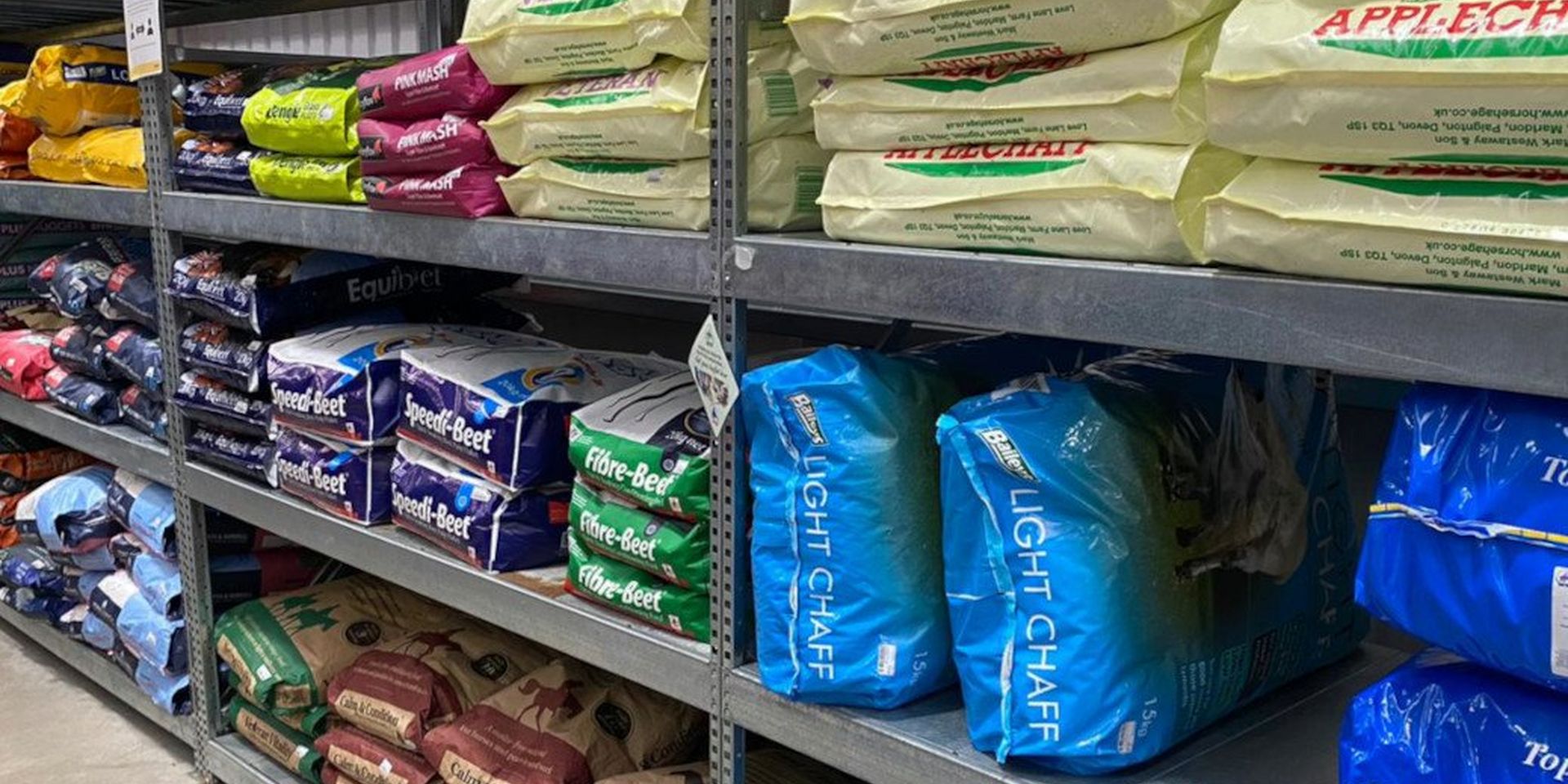
As the days shorten and the weather deteriorates there’s one word on every equestrians lips… Winter. It’s no secret, adjusting with the seasons can be a real challenge for both horse and rider. Not least of our concerns is changing feed and routines, without putting their health at risk. Gone are the lush green pastures and 24/7 turnout, it’s time to think about Winter feed and stabling.
Did you know…
Each year there are approximately 9 cases of colic per 100 horses.
This shocking statistic makes it one of the most common equine emergencies. There is one benefit of this though, there’s lots of research out there if you know where to look!
Winter Feeding Advice From the Experts...
Feed Expert, Caroline Dickens from Baileys Horse Feeds, has provided us with her top-tips on feeding and managing your horse’s weight and condition over the Winter months. From hard feed suggestions, hay and haylage quality and body scoring advice!
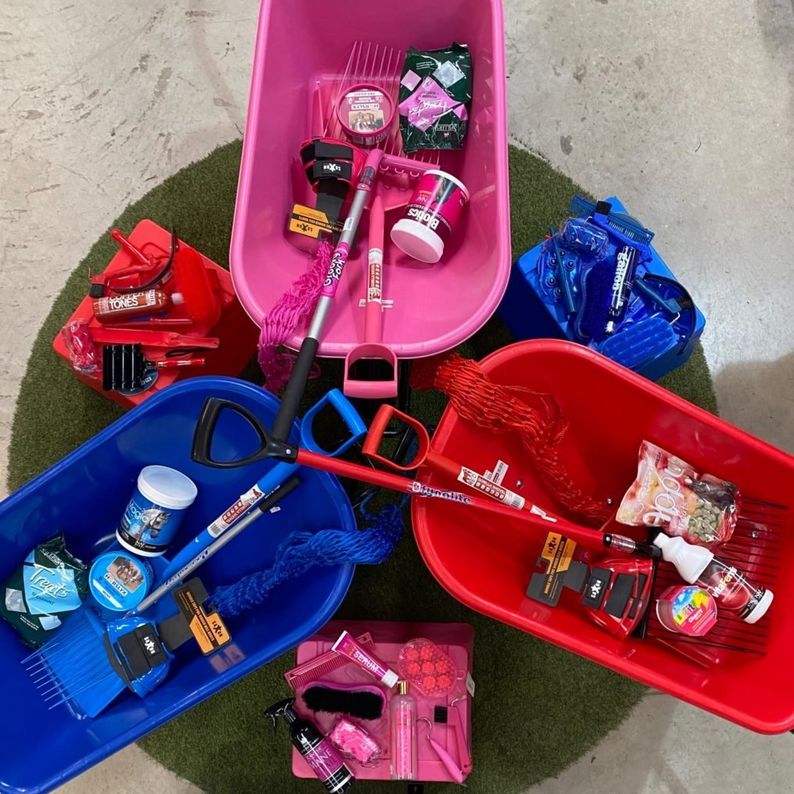
Stabling
One of the primary reasons the risk of colic increases during the Winter months is stabling. When you really think about it, it’s no surprise.
If your horse is turned out, they’re likely to spend the majority of their day grazing. Not only does this mean they’re moving around but they’re also getting a constant intake of fibre and moisture. When your horse is stabled they probably spend prolonged periods of time stood still, often eating less, drinking less and stressing more.
Reducing The Risk: Stabling
Gradual Changes: Although many yards have a set date for changing to a Winter routine, there’s no harm in being prepared! Ideally, you should aim to slowly increase the amount of time your horse is stabled for over the course of 2-3 weeks. This will reduce stress and enable you to introduce forage back into their diet.
Trickle Nets: For any horse ad-lib hay would be ideal. But lets be honest, for the majority of good doers this just isn’t possible! Trickle nets are a great way to slow down your horses eating, preventing them running out of hay. This can reduce the risk of both ulcers and colic.
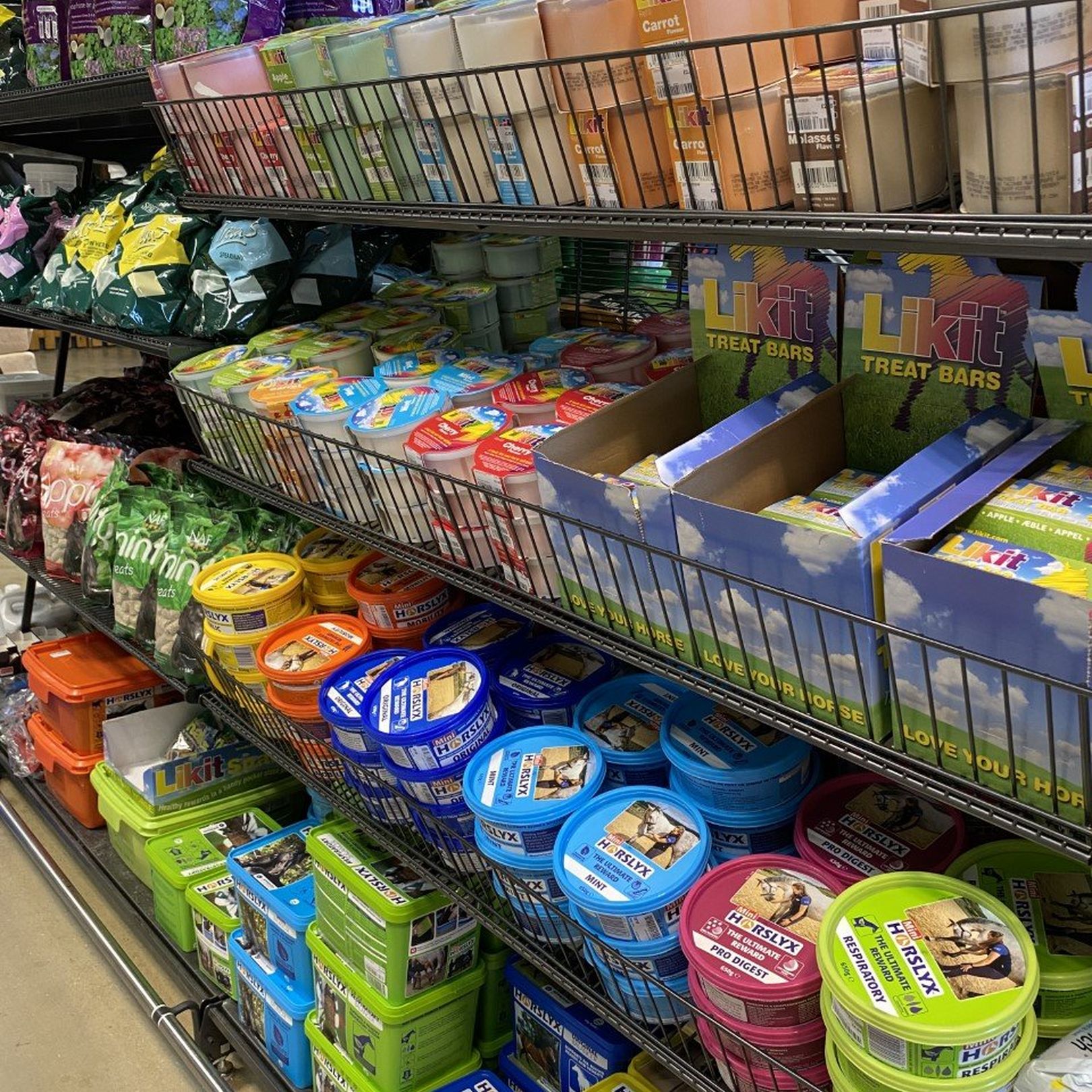
Stable Toys: Bored horses are often more prone to stress and vices. Stable toys such as Likit Tongue Twisters and Likit Boredom Busters are a great way to keep them entertained when stabled.
Exercise: Horses aren’t built to stand still, keeping them moving is a great way to help prevent the gut twisting. For working horses this can be in the form of hacking or schooling. But what about for young, retired or restless horses? Treat Balls and Hay Balls are a fantastic way to encourage your horse to move around, even when they’re inside their stable!
Changing Feed Safely
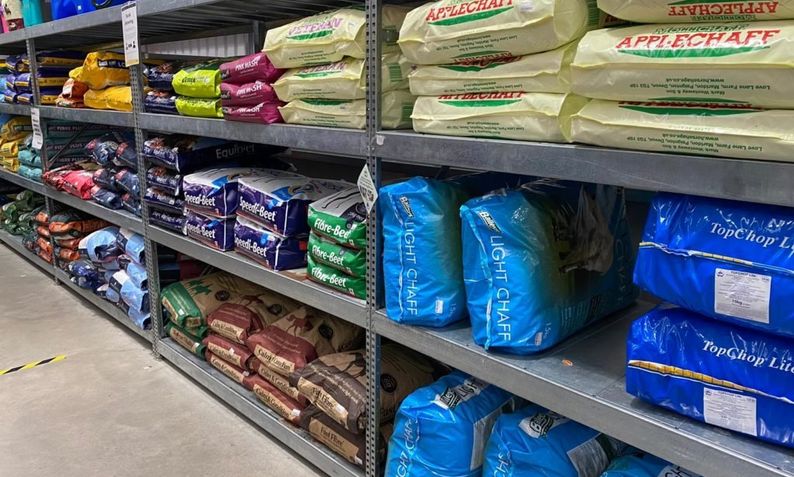
We all know our horses digestive systems are at best sensitive! The fact is, sudden changes to their diet can cause a whole host of issues including gaseous colic and laminitis. No matter what the change, whether you’ll be introducing grass, hay, haylage or hard feed, it’s best to take it slow!
Gradual Changes: The safest way to make changes to your horses diet is to do it gradually. Alterations should be slight, taking place over days or even weeks. As a general rule, you should aim to introduce no more than 25% of a new feed or forage every two to three days. This allows your horse time to adapt to the changes in fibre content and nutritional value.
Time: The temptation is to start a completely new routine when the seasons change. If possible, this should be avoided! Your horse quickly learns to expect their feed at a given time, this anticipation provokes both mental and physical responses. To avoid stress and colic feeding times should be kept the same all year round.
Forage
Changing Feed - What To Feed
It’s easy to over look the obvious… horses are designed to graze. Naturally, they can spend anywhere between 10 and 17 hours a day eating. That’s approximately 70% of the day and 50% of the night consuming fibre. The key to managing any horse is to plan their feeding regime with this in mind. When turnout isn’t available we must substitute grass with hay or haylage.
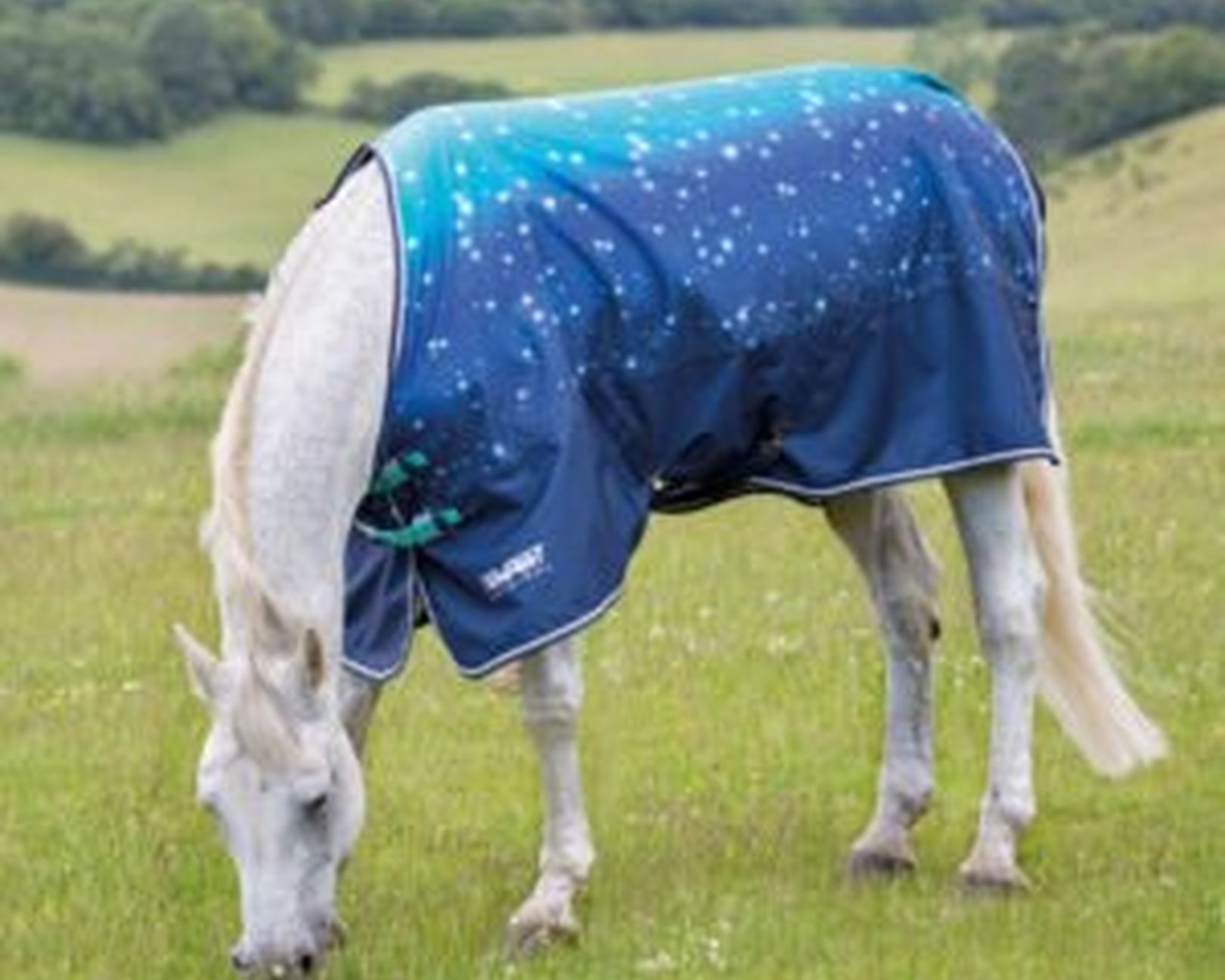
We all know that hay and haylage aren’t the same. But what’s the difference? It all starts with how it’s made! When hay is made it’s dried in the sun before bailing and storing. Haylage however, is cut, stored damp in airtight bales and allowed to ferment. But what does this mean for nutritional value? Correctly made hay is 85% dry matter compared to as little as 50% in haylage.
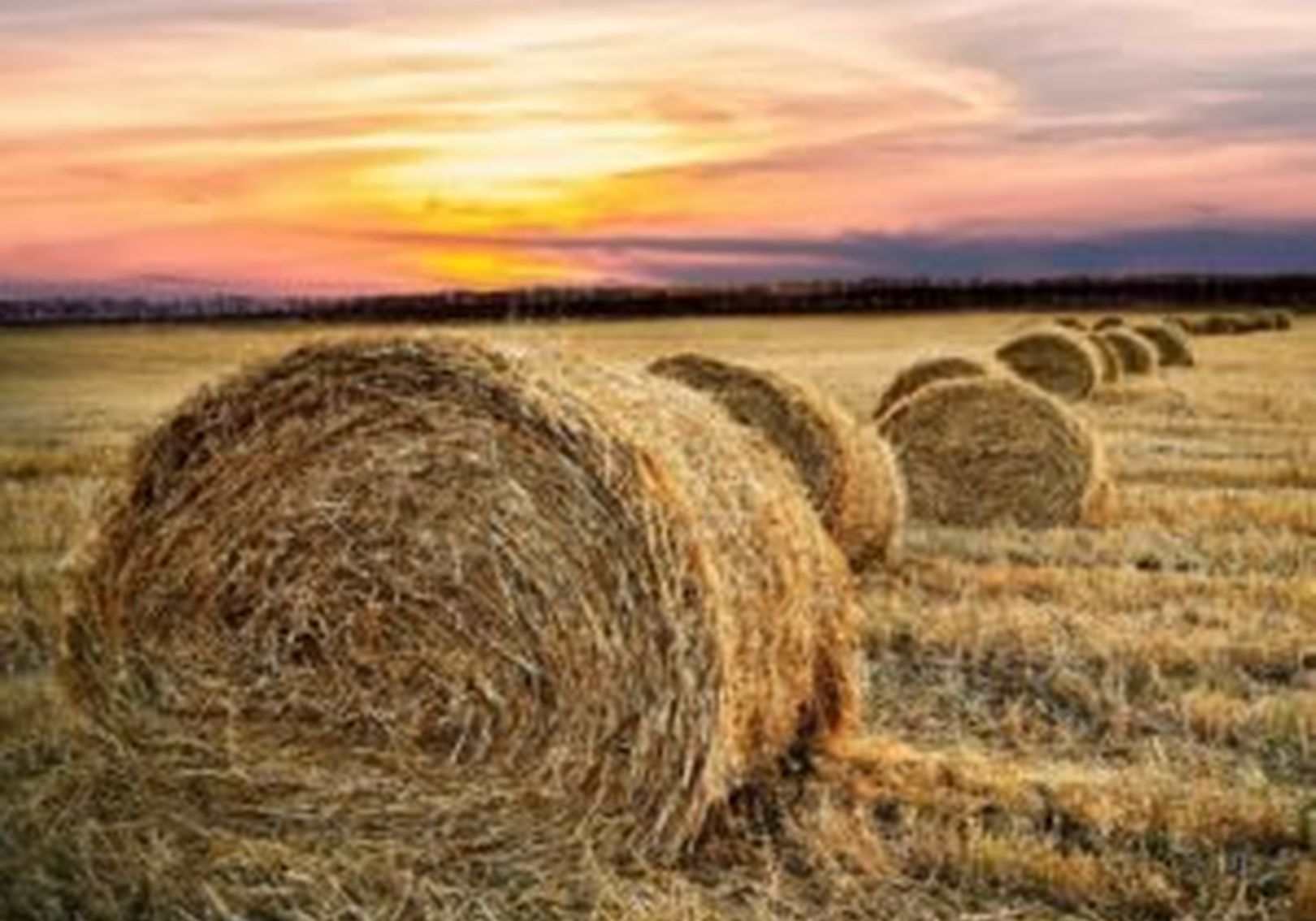
Despite common myths your horse may actually need more haylage than they would hay! It’s a common misconception that haylage is ‘rocket fuel’ but research has shown that there’s actually very little difference in nutritional content. The nutritional value of forage is far less about how it’s been handled and more about the grass it was made from.
| Post Fermentation DM basis | Hay | Haylage DRY | Haylage WET |
|---|---|---|---|
| Dry matter % | 88.4 | 68.4 | 57.7 |
| Ash % | 6.4 | 6.8 | 6.6 |
| Crude Protein % | 10.8 | 11.6 | 11 |
| NDF % | 60.5 | 60.7 | 60.8 |
| WSC % | 10.1 | 7.1 | 6.9 |
Preference of horses for grass conserved as hay, haylage or silage C.E. Muller ∗, P. Uden (2007) *Department of Animal Nutrition and Management, Swedish University of Agricultural Sciences
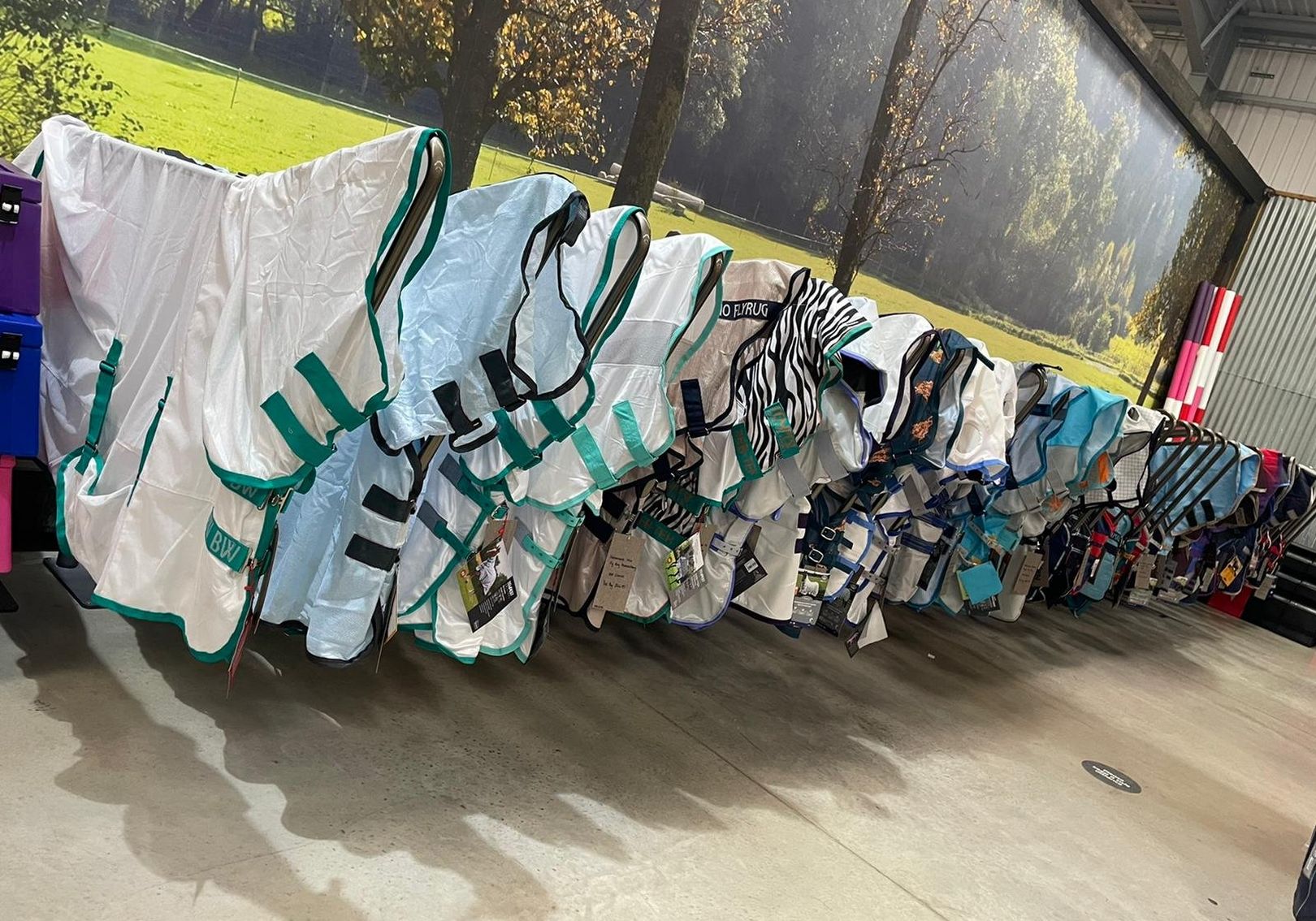
Changing Feed - How Much To Feed
As a general rule you should aim to feed your horse 1.5% to 2% of their body weight in forage, provided you are happy with their condition. It’s worth remembering however, there are many factors that will influence this including;
Weight: Unfortunately, obesity isn’t just a problem faced by the human population. Thousands of horses in the UK are now classed as overweight. It is generally accepted that overweight horses should have between 1.2% and 1.5% of their body weight in forage to encourage weight loss.
Forage Type: Feed ratios are based upon the assumption the forage has a high percentage of dry matter. Horses fed haylage of a similar nutritional quality to hay may require up to 35% more by weight, depending upon how wet the haylage is. Similarly, very dry hay will have a lower water content, thus less by weight will be needed.
Temperature: This is something that’s often ignored when it comes to feeding our horses. Both the action of chewing and the fermentation of forage in the gut generates heat. For every degree drop in air temperature your horse will require a 1% energy increase to maintain their body temperature. Don’t forget, this works both ways, when rugging heavily, forage intake may need to be reduced.
What To Feed - Hard Feed
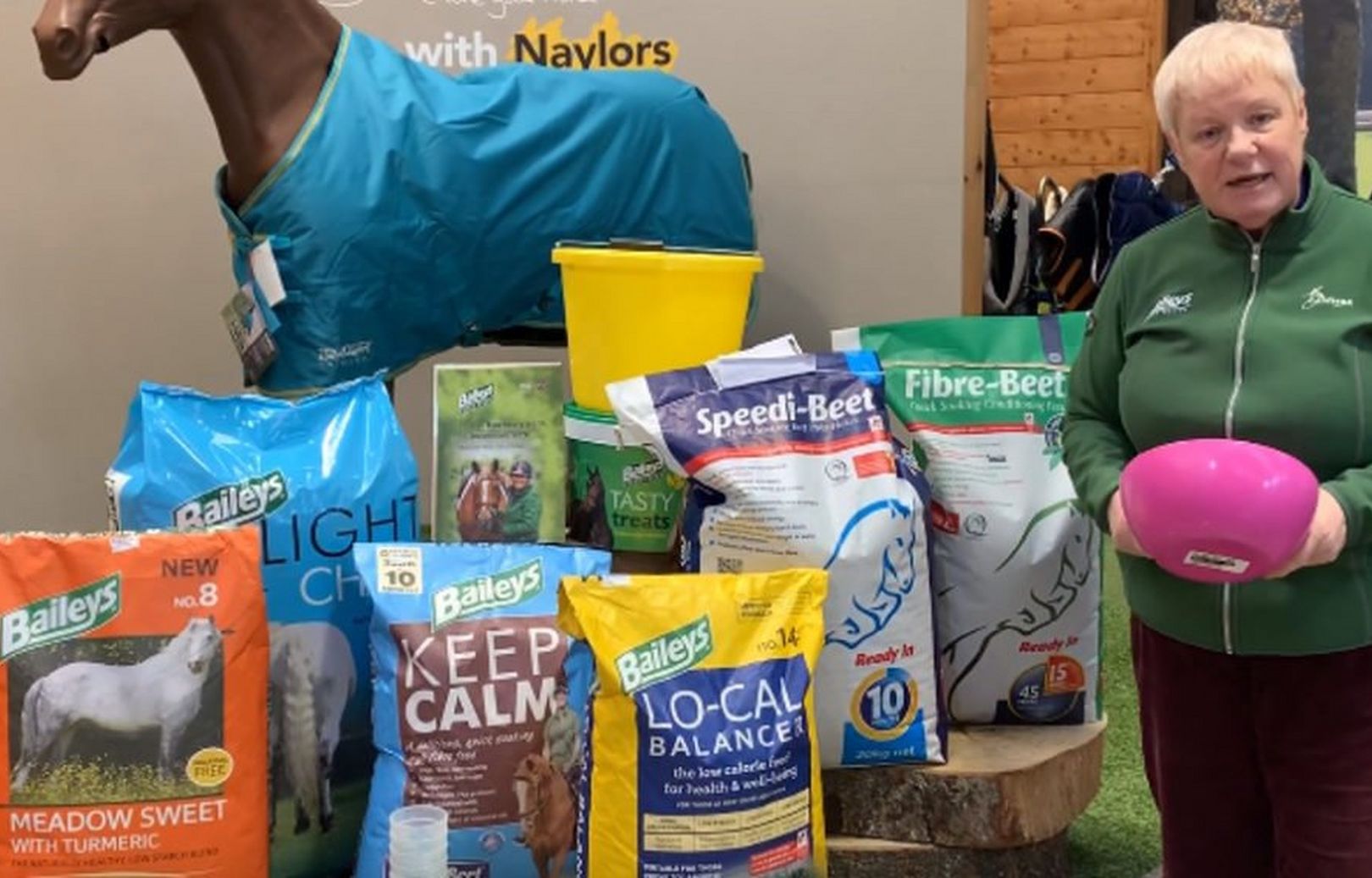
Chaff: Generally, chaff is made from high quality alfalfa, oat, or timothy hay. Another forage source, it can be fed as part of a hard feed. This provides bulk and encourages chewing to slow down eating. When choosing the right chaff for your horse keep an eye out for additional ingredients. Molasses and oils are often added, while these are great for fussy eaters and poor doers they can cause good doers to pile on the pounds!
Balancer: Balancers should be considered a bit like a multi vitamin. They may make up a tiny proportion of your horses daily intake but there purpose is to ensure that they’re not deficient in any vital nutrients. It’s easy to assume if your horse is the right weight on a diet of just forage then they don’t need any hard feed, right? Wrong! Unfortunately forage is often lacking in essential nutrients your horse needs to stay looking and feeling his best. Besides calories your horse has a whole host of other requirements including protein, fats, vitamins and minerals. From lite and stud to senior and competition balancers, the type your horse requires will depend upon their needs.
How Much To Feed
When adding chaff to your horses diet this should be factored in to their daily forage intake. Balancers are a little more complicated. They're intentionally formulated to have a high percentage of essential nutrients. This is because they are intended to be fed in relatively small amounts. It might come as a surprise, but did you know the stomach of a 500kg horse can only hold between 9 to 15 litres? With this in mind its worth noting that every balancer is different. To ensure that your horse is receiving the correct amount follow manufacturers guidelines based on your horses height and weight.
Feeding your horse is a complicated business! We hope this blog has helped shed a little light on the subject in time for the changing seasons. You can shop the products in this blog and many more at www.naylors.com or why not visit one of our stores.

